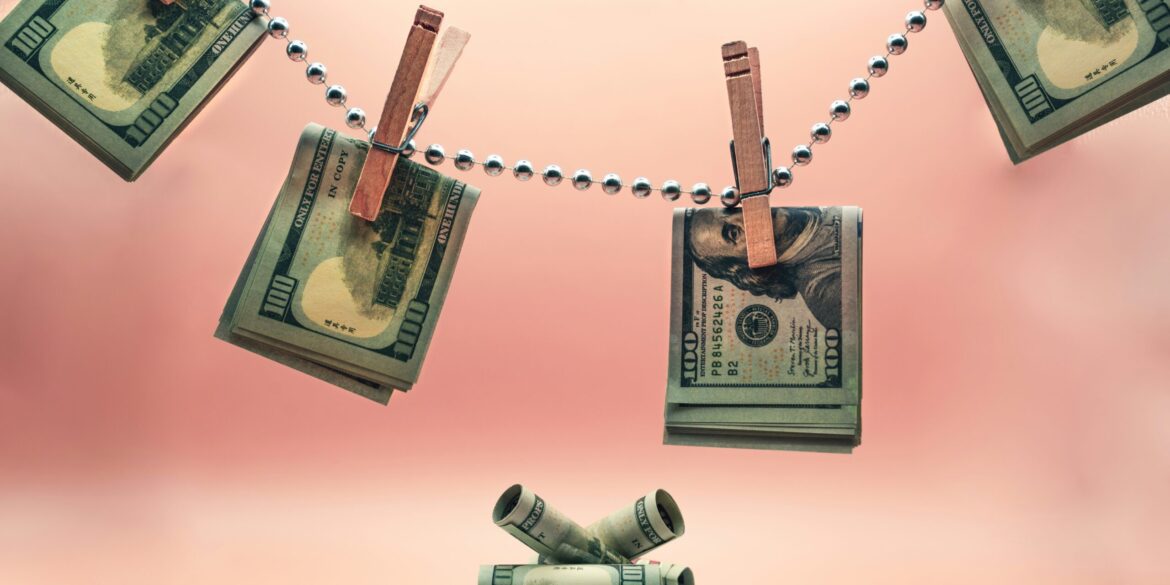In recent commentary, President Trump has renewed calls for the Federal Reserve to slash its benchmark interest rate to 1% in order to support his ambitious legislative agenda, the “One Big Beautiful Bill Act.” He contends that a lower rate would make borrowing cheaper for both consumers and the government, easing financing pressures amid expansionary policies. However, economists and market analysts are sounding alarms, asserting such a drastic cut could pose serious risks to economic stability and undermine confidence in the Fed’s independence.
Surging inflation—currently above the Fed’s 2% target—alongside near-full employment and steady GDP growth of around 2%, sets the stage for potential overheating if rates were reduced prematurely. Economists note that federal funds rates near 1% have historically been associated with times of economic distress, not strength. They warn that cutting rates so low under present conditions risks reigniting inflation and damaging long-term credibility of monetary policy.
Treasury market reaction also paints a cautionary tale. The U.S. government borrows through long-term bonds, not short-term Fed-driven instruments. As Desmond Lachman from the American Enterprise Institute argues, undermining central bank independence could lead investors to demand higher yields on Treasuries to offset perceived inflation risk. This irony means the government could end up facing even steeper borrowing costs—precisely what Trump hopes to avoid.
Drawing parallels to Turkey’s economic turmoil under President Erdoğan, specialists emphasize the danger of politicizing monetary policy. Interventions to depress rates for fiscal gain have historically led to currency crashes, spiraling inflation, and diminished investor trust—scenarios U.S. policymakers hope to avoid.
Moreover, White House pressure to cut rates weighs heavily on the Fed’s leadership. Trump has openly criticized Chair Jerome Powell, hinted at replacing him, and summoned him to the White House. However, Fed officials including Powell are pushing back, reinforcing the need for decisions based on economic data, not political expediency. Cleveland Fed President Beth Hammack echoed this, stating there’s “no urgent reason” to cut rates, especially while inflation remains high and employment strong.
Within the Fed, views diverge on timing—not direction—of rate cuts. Some, like Governors Governor Waller and Bowman, suggest cuts could come in July amid tariff-driven uncertainties. But the majority remain cautious, advocating a data-driven approach. Recent minutes from the June FOMC meeting show a split: while some are open to easing, most prefer waiting for clearer signs of inflation cooling and labor market weakness.
The specter of “fiscal dominance” looms large when monetary policy is perceived to serve government financing needs over broader economic objectives. Lachman’s point is clear: ceding to government pressure in a bid to lower debt service costs could undermine anti-inflation credibility and lead to destabilizing market responses.
Historical comparisons are stark. Under Nixon in the 1970s, political push for monetary easing contributed to inflation surging into double digits. More recently, Turkey offers a cautionary tale of currency collapse and runaway inflation following aggressive rate cuts under political duress.
The implications extend beyond domestic policy. Loss of Fed credibility could ripple outward, weakening the dollar and changing its status as the global reserve currency. If U.S. monetary policy becomes seen as subject to political whims, international investors may demand higher returns to compensate for inflation and currency risks—even as Treasury yields rise, the opposite of the intended effect .
Yet Trump’s motivation is transparent: lower rates would reduce interest payments on the federal debt. According to a Washington Post analysis, a rate cut to 1% could save the government nearly $1 trillion in debt service costs. Still, analysts caution the short-term fiscal reprieve could be far outweighed by long-term economic instability.
Economists also question the effectiveness of slashing short-term rates in isolation. The Fed sets the overnight federal funds rate; however, broader credit conditions are influenced by global capital flows, long-term bond yields, and investor sentiment. Without supporting demand in those markets, a steep Fed cut might not significantly lower real borrowing costs, especially if long-term yields adjust higher .
Forward guidance from markets suggests underlying caution. Most economists see the next modest rate cuts—on the order of 25 basis points—coming later this year, with a first one possibly in September. A drop to 1% is far outside current forecasts .
In sum, pushing the Fed to slash rates to 1% amidst strong economic fundamentals risks overheating the economy, undermining the central bank’s credibility, and weakening U.S. fiscal and financial stability. The $36 trillion Treasury market hinges on confidence in the Fed’s independence and commitment to inflation control. Should politically driven rate cuts prevail, markets may react with higher long-term yields, a devalued dollar, and renewed inflation—exactly the opposite outcomes policymakers intend to avoid.
Unless inflation retreats significantly and employment falters, substantial cuts remain unwarranted. The Fed is expected to maintain its policy rate in the range of 4.25% to 4.5% for now. Moving forward, the tipping point will be robust data, not political rhetoric.

